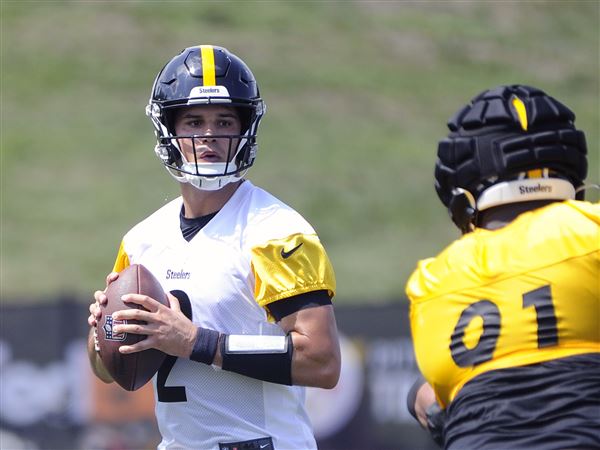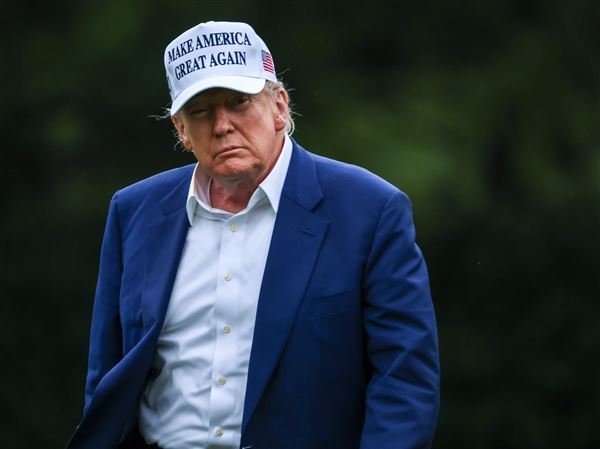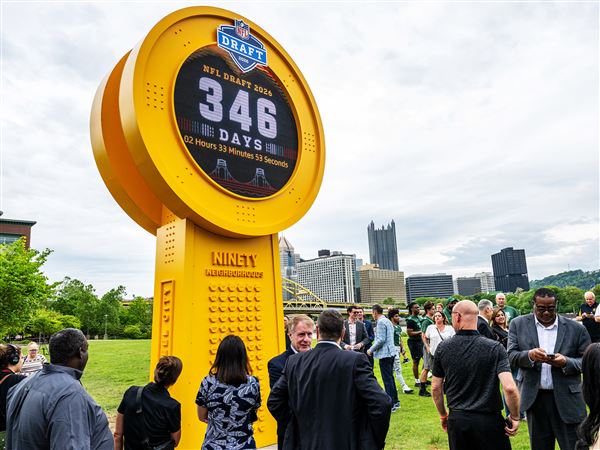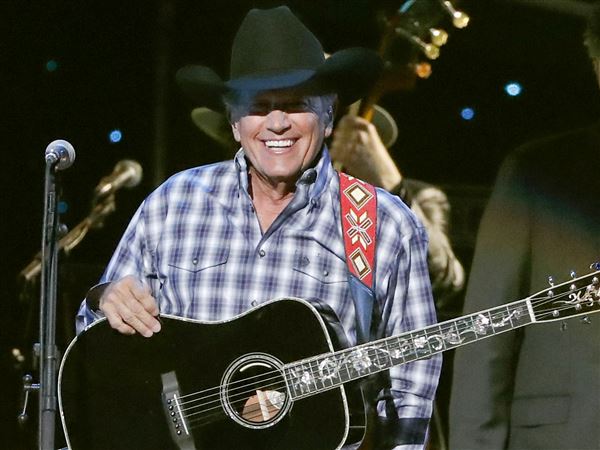For the first time, a commercial spacecraft gently returned to Earth from orbit on Wednesday.
The flight, by the Space Exploration Technologies Corporation, or SpaceX, went flawlessly from the launching of its Falcon 9 rocket, with a Dragon capsule riding on top, from Cape Canaveral Air Force Station in Florida to splashdown of the Dragon in the Pacific Ocean 3 hours, 19 minutes and 52 seconds later.
That was just 52 seconds later than SpaceX had predicted.
During a news conference afterward, Elon Musk, SpaceX's founder and chief executive, whose outsize confidence can verge on arrogance, was flustered as he talked about how everything worked as designed. "It's actually almost too good," Mr. Musk said. "We didn't have to go to backup systems at any point. I'm sort of in semishock."
The mission was the first demonstration for NASA of a spacecraft designed to ferry cargo and perhaps eventually astronauts to the International Space Station.
SpaceX has a contract worth $1.6 billion for 12 flights to take cargo and supplies to the space station. With the imminent cancellation of NASA's Ares I rocket that was to take astronauts there, the space agency will be hiring private companies to provide astronaut transportation as well.
The success of the flight "reinforces what the president laid out and what Congress endorsed as the future of space transportation," Lori Garver, NASA's deputy administrator, said in an interview. "This does indeed validate the path we are on."
Mr. Musk asserted that SpaceX was in a strong position to win at least part of the astronaut-carrying business. The Dragon already has a pressurized cabin and has been designed from the beginning with the intention of carrying people. "If there were people sitting in the Dragon capsule today, they would have had a very nice ride," Mr. Musk said.
Nine and a half minutes after Wednesday's launching, the Dragon capsule detached from the second stage of the Falcon 9. The capsule circled the Earth twice at an altitude of 186 miles before re-entering the atmosphere. Slowed by parachutes, it splashed down about 500 miles west of northern Mexico.
The achievement impressed Joseph Fragola, an expert on spacecraft reliability who has not been sure that commercial launchings of astronauts could immediately meet the same safety targets that NASA's system -- the Ares I and its accompanying Orion crew capsule -- were aiming for. "In my gut, I expected some anomalies at least, but as of now there appear to have been none," Mr. Fragola said of Wednesday's flight. "That was a surprise, given the challenging nature of the flight plan."
During the flight, SpaceX announced that the Falcon 9 also carried to orbit eight tiny satellites, including one for the United States Army to test new communications technology.
A second demonstration flight, going close to the space station but not docking, is set for next spring. A third and final demonstration flight under SpaceX's $278 million development contract would dock at the station.
With the success of the first flight, Mr. Musk said SpaceX hoped to combine the second and third flights into one. After the completion of the demonstrations, SpaceX would then begin the cargo flights.
At the end of the news conference, Mr. Musk regained some of his usual bravado, making a pitch that the Dragon could also be used for deep-space missions. In a revamped space program, work on the bigger and much more expensive Orion crew capsule will continue but is to ride on an as-yet-undesigned heavy-lift rocket.
"Dragon has arguably more capability than Orion," Mr. Musk said. "Basically, anything Orion can do, Dragon can do."
First Published: December 9, 2010, 4:45 a.m.














